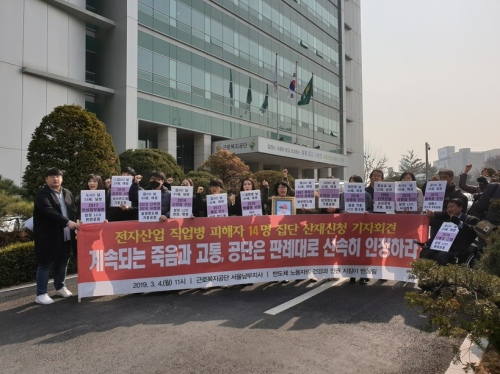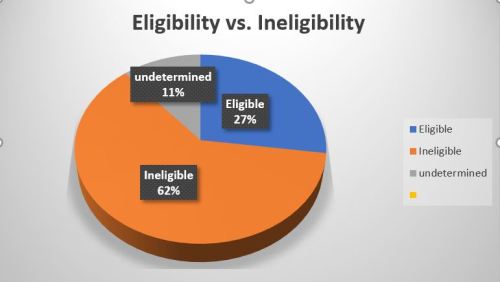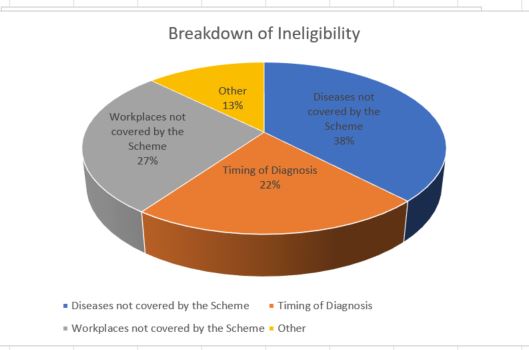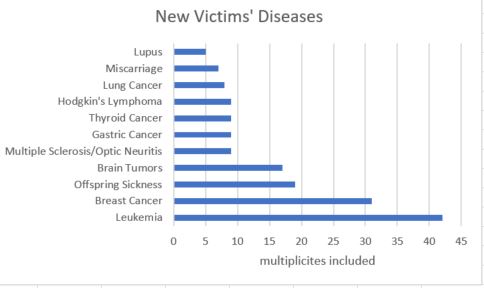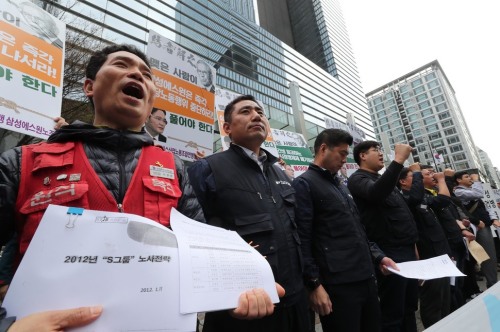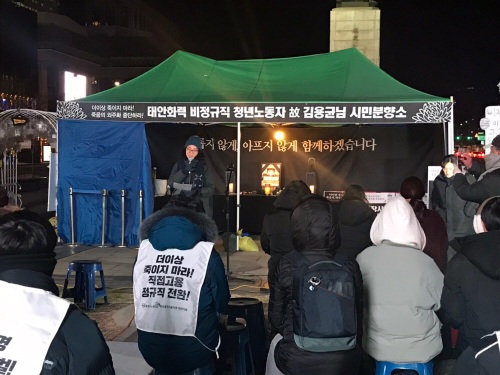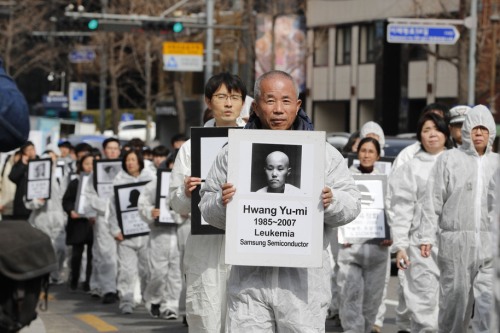This slideshow requires JavaScript.
On Nov. 23, 2018 SHARPS finally extracted from Samsung Electronics Co., Ltd. a meaningful apology for the deaths and illnesses caused by its unsafe working condition and an initiative to compensate the victims and improve workers safety.
It was likely the beginning of an end to an era, at least in South Korea, in which a corporate behemoth freely harmed chemically drenched young workers while churning out state-of-the-art electronic components.
And It was a first of its kind moment in the country’s labor history: a historically unrepentant Samsung Electronics Co. Ltd. finally caved in to a tenacious and agile campaign initiated by an average middle-aged taxi driver who went everywhere to find anyone who would listen to how he lost his otherwise healthy 21-year-old daughter to occupationally caused leukemia at the world’s largest chip lab.
Apology
“Our dear co-workers and their families have suffered for a long time,” said Kim Ki-nam, Samsung’s representative director responsible for device components, as requested by an earlier arbitration decision, “but Samsung Electronics did not wholeheartedly take care of them sooner.”
“In the past, Samsung Electronics did not sufficiently and completely manage the risk associated with health hazards at chip and LCD plants,” Mr. Kim said as he matter-of-factly read the apology in a press conference joined by victims and their families, many sobbing, and labor-department officials, as well as lawmakers who assisted Kim Ji-young, a former supreme-court justice, in steering the arbitration process.
After reading the apology, Mr. Kim took a deep bow and stepped off the podium to shake hands with SHARPS founder Hwang Sang-ki and other victims, one in a wheelchair and one with a white cane. Mr. Hwang, the taxi driver, campaigned hard to shed light on his daughter Yumi’s occupationally caused death at Samsung.
Response
Samsung’s 929-word apology did not exceed the arbitration decision even by a word. It fell short of directly admitting that its working condition was the direct cause of mass illnesses and deaths.
“The apology made by Samsung’s representative director today, to be honest, is not sufficient to the victims and their families,” said Mr. Hwang in response to Mr. Kim’s remarks. “Indeed, no apology will be sufficient, given countless deceptions and insults wrought upon SHARPS [by Samsung] and the agonies of occupational diseases and the pain in the loss of their beloved next-of kin.”
“However, I will take the apology today as Samsung’s resolution,” said Hwang as he read his hand-written three-page response. “I am glad I can made good on the promise I made to my daughter Yumi.” He went on saying: “However, I cannot forget the agonies my family and Yumi had to suffered from. So many people share in the same pain.”
Compensation
As requested by the arbitration decision, Samsung has retained Jipyung, a Seoul-based law firm, to manage its new compensation program, said Mr. Kim. Under the new program, the company will distribute up to KRW 150 million (U$132,667 at U$1: KRW 1,130) for the illnesses and deaths of former and current workers or contractors who grew ill after working for a full year at the company’s chip or LCD plants.
The program has expanded to include pulmonary conditions and birth defects, compared with the one Samsung launched in 2015 in a move to pit victims against one another over compensation. Its stratagem backfired, as it prompted SHARPS to stage a sit-in at Samsung’s headquarters.
The increasingly high-profile protest lasted 1,023 days and became a global rallying point against Samsung’s corporate malfeasance.
Pointing to the fact that the program is limited to LCD and chip units, Mr. Hwang said: “Occupational-disease victims are not limited to Samsung’s LCD or chip unit…. I hope Samsung will launch a more comprehensive scheme for all victims [at home and abroad].”
Sweat and Toil
Separately, Samsung entrusted the Korean Occupational Safety and Health Agency (KOSHA), to manage KRW 50 billion ($$44.1 million) in funds it paid out to improve workers safety in the electronics industry.
“It is praiseworthy because it is not an easy decision for Samsung,” Mr. Hwang said, commenting on the fund. “However, we must remember that the fund is made of the sweat and toil of workers.”

During the first three years of SHARPS in 2007-10, the police often harassed and arrested SHARPS activists. In March 2010, the police filmed all attendees of a funeral service for Park Jie-yeon, a Samsung employee who died of leukemia.
Milestones
As of June 2018, since its formation in Nov. 2007, SHARPS has profiled 320 victims of Samsung’s cluster. Of them, 118 have died. The advocacy group has, via petition or lawsuit, successfully helped 28 victims to get workers compensation.
Spurred by the arbitration decision, Han Hye-kyung, a wheelchair-bound victim of occupationally caused brain tumors and a leading member of SHARPS, is seeking retrial of her workers compensation case.
In 2014, the appeals court has turned down Ms. Han’s petition by shifting the burden of proof for the work-relatedness of her brain tumors from Samsung to her. The ruling seemed to exhaust her legal recourse until Feb. 2017 when in a landmark ruling the same appeals court ruled that a Samsung LCD worker’s multiple sclerosis was caused by her on-the-job chemical exposure without seeking proof of work-relatedness from the plaintiff.

Anti-riot cops arrested seven SHARPS activists who attempted to march toward Samsung’s corporate headquarters after Ms. Park’s funeral service. Gradually diminishing, the harassment continued until July 2013.
The following is a full translation of Mr. Hwang’s statement. All text in brackets ([ ]) are added to aid comprehension:
First of all, I would like to express my gratitude to every single person who has worked hard to resolve such a difficult issue. I appreciate Justice Kim Ji-hyung, the mediation committee’s chair, and its two members, Dr. Paik Do-myung and Ms. Jung Kang-ja for their resilience and tenacity in their mediation efforts. I thank all our researchers. Their advice made the compensation program possible. I thank those lawmakers for exhorting and persuading Samsung to address the issue. I thank the labor and civic activists who rolled up their sleeves to solve the issue as if their own. I thank the countless volunteers for keeping our 1,023-day sit-in going, and numerous donors for donating money and food.
The apology made by Samsung’s representative director today, to be honest, is not sufficient to the victims and their families. Indeed, no apology will be sufficient, given countless deceptions and insults wrought upon SHARPS [by Samsung] and the agony of occupational diseases and the pain in the loss of their beloved next-of kin.
However, I will take the apology today as Samsung’s resolution. Compared with its earlier one, Samsung’s new compensation program has expanded metrics to affect victims known and yet unknown to SHARPS. This is fortunate. However, it is could have included those who are still left out because they are belonged to a contractor or their illness is not covered by the program.
Samsung agreed to entrust the Korean Occupational Safety and Health Agency with KRW 50 billion ($$44.1 million) in funds it created [to improve workers safety in the electronics industry]. It is praiseworthy because it is not an easy decision for Samsung. However, we must remember that the fund is made of the sweat and toil of workers. I would like to ask the KOSHA to take the invaluable meaning of the fund seriously and properly spend it improving the safety and health of electronics workers.
We all still have unfinished tasks. Occupational disease is not limited to Samsung Electronics’ chip and LCD units. There are workers who grew ill from hazard exposure at Samsung Electro-Mechanics, Samsung SDS, Samsung SDI and many other Samsung affiliates. There are similar victims at Samsung’s home and overseas operations. I hope Samsung will launch a more comprehensive scheme for all victims.
Had workers compensation approval not been so difficult, workers and their families would have not suffered this much. To date, KCOMWEL has only brought despair upon us. It is time to reform workers compensation and KCOMWEL so they can carry out their original mission of protecting the rights of industrial accident victims. The business owners must be thoroughly investigated and criminally penalized when there is an industrial accident at a place of business.
Prevention is more important than compensation when it comes to occupational disease. The industrial safety and health law must be strengthened to ensure workers, and indeed all citizens, know and have a say in what chemicals are used [at their workplaces]. It is difficult for workers alone to monitor the safety of their workplaces and provide alternatives. Especially, this is out of the question at non-unionized workplaces. Samsung has been suppressing unions at home and abroad. Samsung, at least now, must apologize and promise to respect the right to unionization, Samsung and all other conglomerates have not improved difficult and risky jobs, but instead outsourced them to smaller companies at home and offshore. To discontinue this, the government and the National Assembly should introduce legislation to strictly hold original vendors accountable, and corporations should set an example by providing accountability plans for safety and health.
I am glad that I can make good on the promise I made to my daughter Yumi. However, I cannot forget the agonies my family and Yumi had to suffer from. So many people are sharing in the same pain. I would like to urge all who are to implement the compensation program or manage the fund to keep this [pain] in mind. Thank you.

Samsung security guards routinely used excessive force in response to non-violent protests. The picture was taken on March 9,. 2009 when SHARPS members demanded a meeting with Samsung executives. Mr. Hwang (on the right in the picture) was thrown on to the floor.
The following is a full translation of the apology By Mr. Kim on Samsung’s behalf. All text in brackets ([ ]) are added to aid comprehension:
We would like to express our gratitude to mediation committee chair Kim Ji-hyung, and its two members, Dr. Paik Do-myung and Ms. Jung Kang-ja, for in seeking social consensus, settling the issue that we could not solve for ten years.
And I appreciate SHARPS debating [with us] to address the issue against all odds.
Our dear co-workers and their families have suffered for a long time, but Samsung Electronics did not wholeheartedly take care of them sooner.
Our efforts fell short of sufficiently caring for their pain and promptly addressing it.
In the past, Samsung Electronics did not sufficiently and completely manage the risk associated with health hazards at chip and LCD plants.
We would like to use this opportunity to express our sincere apology to employees who suffered and their families.
With this opportunity, Samsung Electronics will be born again as a healthy and safe workplace.
I thank the lawmakers, Woo Won-shik, Sim Sang-jung, and Lee Jung-mi, and labor department director Ahn Kyung-duk and his colleagues for their interest, consultation, and advice for the difficult and long-unsolved issue.
Once again, we deeply apologize to those who are suffering.
We now would like to announce plans to implement the arbitration decision.
Samsung is promising to unconditionally implement the decision announced on Nov. 1, 2018.
We would like to implement the following details.
As agreed with SHARPS and decided by the mediation committee, we have retained law firm Jipyung, an independent body, to run the compensation commission.
SHARPS and we agreed that the commission will be chaired by Kim Ji-hyung, the firm’s managing partner.
As dictated by the arbitration decision and by a detailed plan by the commission chair, Samsung Electronics will, without interruption, make compensation until 2028.
As dictated by the arbitration decision, Samsung Electronics will post its apology and compensation coverage on its corporate website no later than Nov. 30, 2018.
Additionally, Samsung Electronics will, through the new compensation commission, send an apology to each payee to express our consolations.
Samsung Electronics and SHARPS agreed that the KRW 50 billion [$$44.1 million] fund it created for industrial safety will be entrusted with the KOSHA for their impartiality and expertise
Samsung Electronics will do its best effort to bring this social consensus, the result of your hard efforts, to fruition.
Thank you.

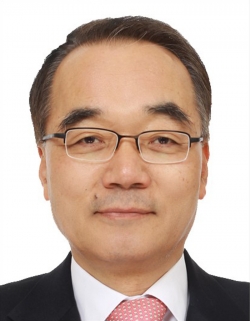
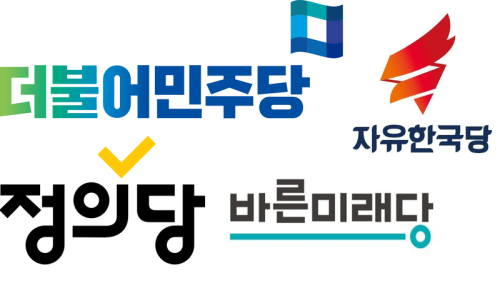
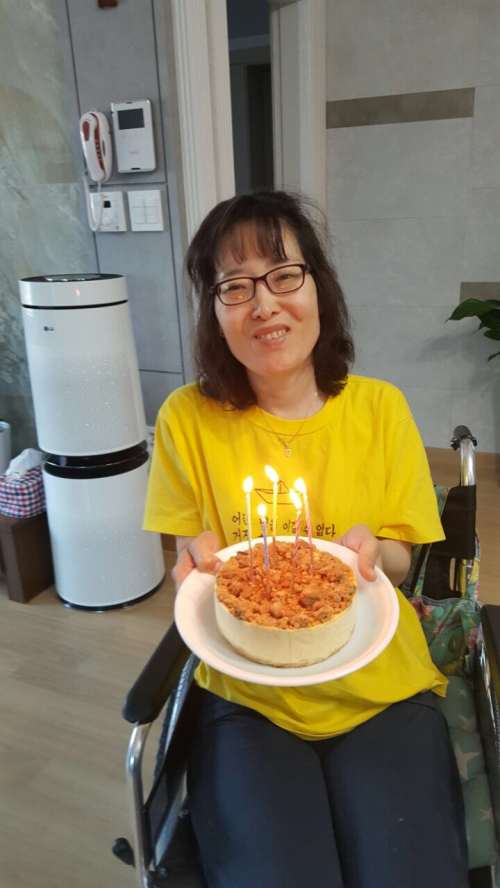
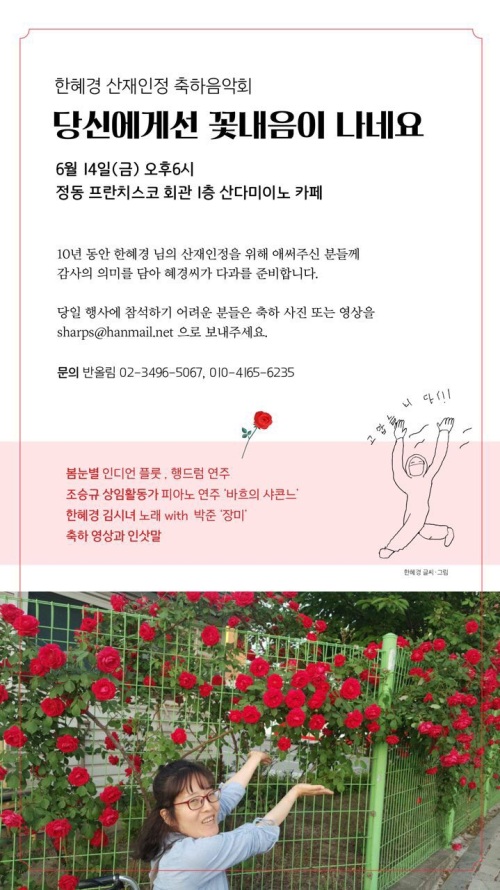

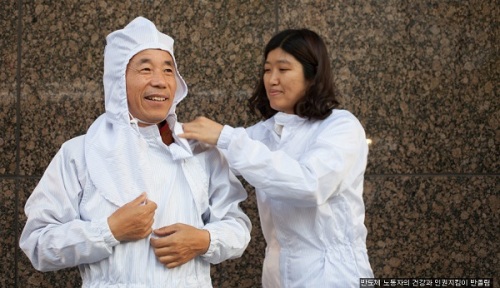
![Image-1[7793]](https://stopsamsung.files.wordpress.com/2019/04/image-17793.jpg?w=500)
